INDEX
⇤
thoughts on transhuman digital experiences/ multidirectional systems of care/ homeostasis/ radical love
care, radical care. care as a spatial act(tion)
Data and care, a lover who remembers every detail and habit. a data mine of empathy.
Habits of care and its relation to the clean (tech is 'clean') gritty tech, dirty care, ecologies of care spreading like bacteria in multitude , (smell: geosmin) cesspits of an act.
Radical binaries of this channelled into a singular equilibria/ euphoric point~
The body (positively disinhibit positively) for the chronically ill not being limited to the body as a form and the related realms of intrusive thoughts, a painful reality
pendulate and fine tune the senses (sensitivity) to notice the moments, the potential for these opportunities for care. Find the fertile.
A scent (sent), a reminder a kiss from a tech lover for when you can't go outside; sensory overlays between the real and unreal.
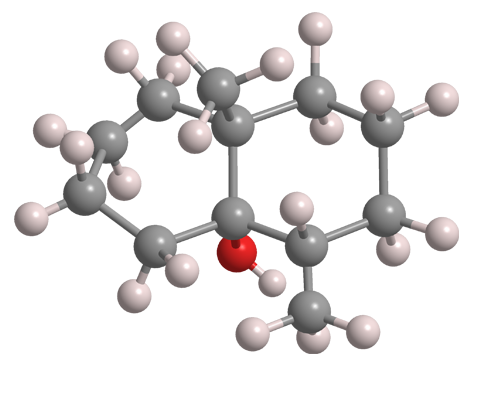
It has been reported that humans can detect 100 parts in a trillion. In the soil, geosmin production is attributed to a single genus of bacteria, called Streptomyces. These are soil-dwelling bacteria which, when faced with unfavourable conditions grow spores (see photo) which can be dispersed to new, more favourable conditions, enabling the bacteria to survive. The molecule itself is produced at the end of a metabolic reaction; a volatile metabolite. Geosmin is also responsible for the earthy taste of beetroots and a contributor to the strong scent (petrichor) that occurs in the air when rain falls after a spell of dry weather or when soil is disturbed.
Although many of the complex molecules it makes have antibiotic properties – that is, they kill other microorganisms competing for space and food – this is not the case for geosmin. Instead, geosmin may deter predators and attract organisms that disperse spores. Geosmin repels fruit flies, so they are less likely to eat materials on which Streptomyces is growing. It is speculated that geosmin may attract small soil animals that become coated with spores and so disperse them through the soil.
“geo” Earth; “osme” = odor; the smell of soil
(olive green)
notes~~ dirt, bitty, fresh, bitter, beetroot
A body that is different or unable to perform (or keep up with) neoliberal capitalist standards of constant production and movement is othered, shamed and socially separated. So then might the ability of the non-human to sit and witness, and purposefully aid be seen as a comfort; offering nontraditional companionship outside of traditional social spheres?
For those who experience this active othering from broader external voices as well as internalised belief systems that are difficult to unlearn, technology as an object of mediation between oneself, one's pain or discomfort, and the seemingly 'unwelcome' offers potentialities, opens portals to worlds where one could find companionship with beings also othered. Media, chatrooms, and magick realms where tech becomes an extension for a body in a different plane. Original contexts are dissolved and reformed; a prompt to reimagine their potentiality.
Passed through, digested, and
spat out.
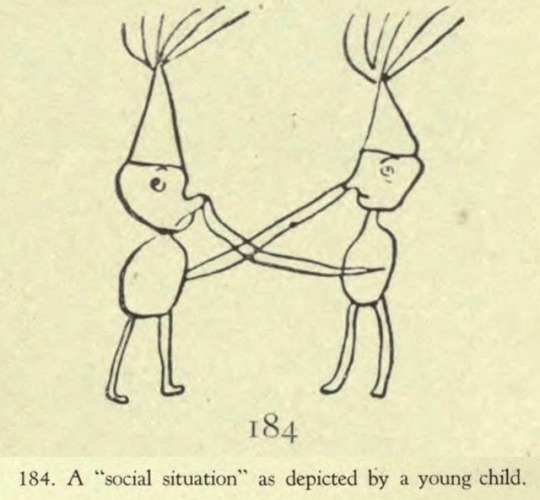
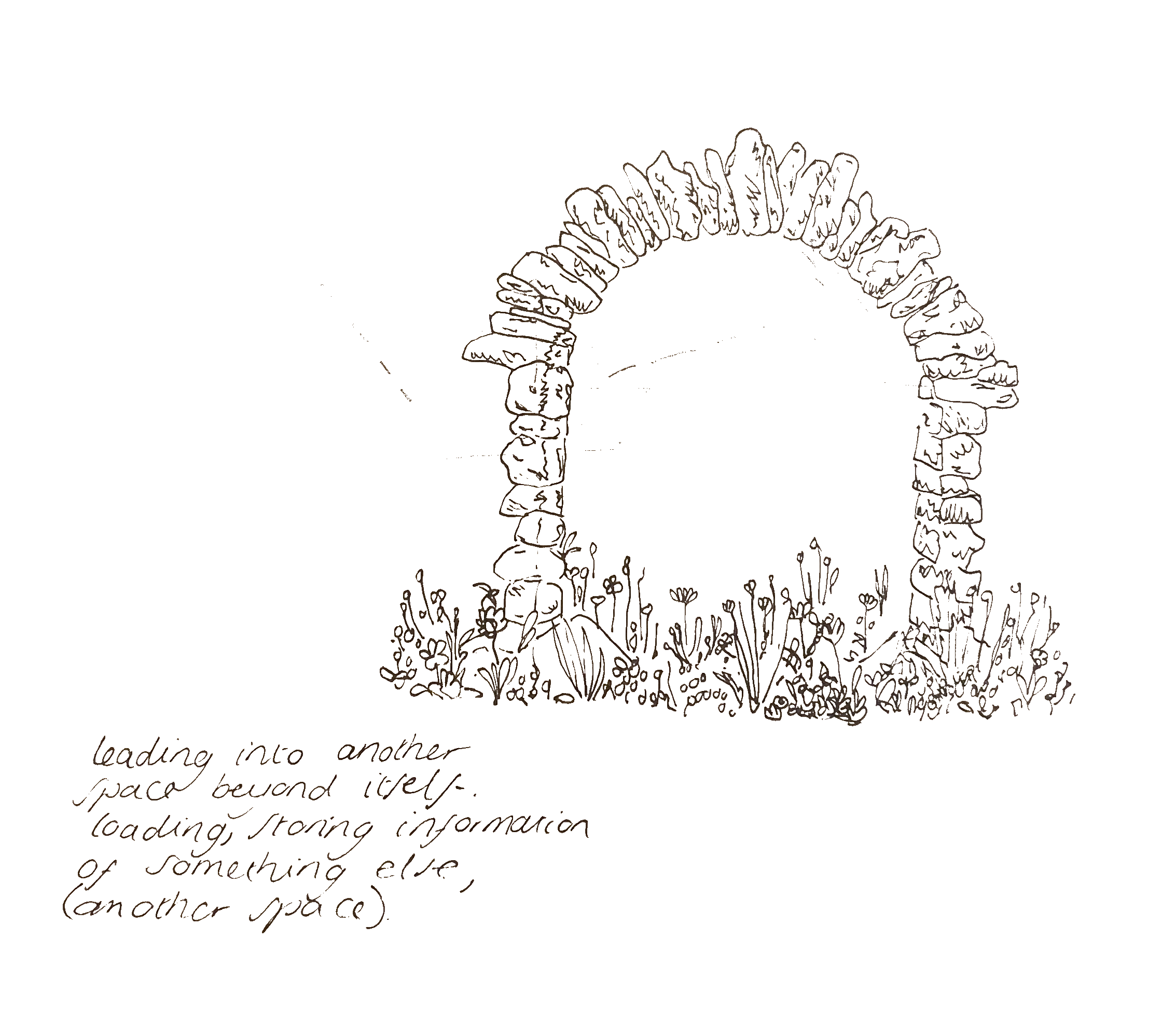

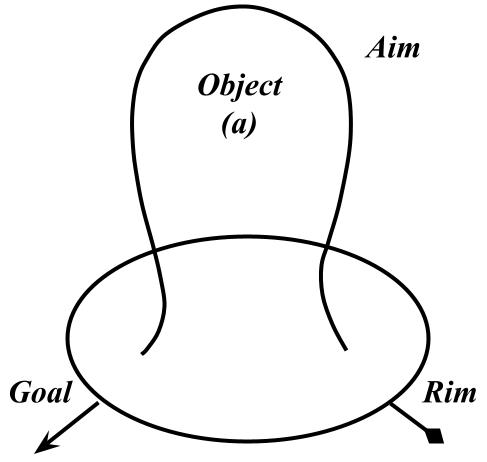
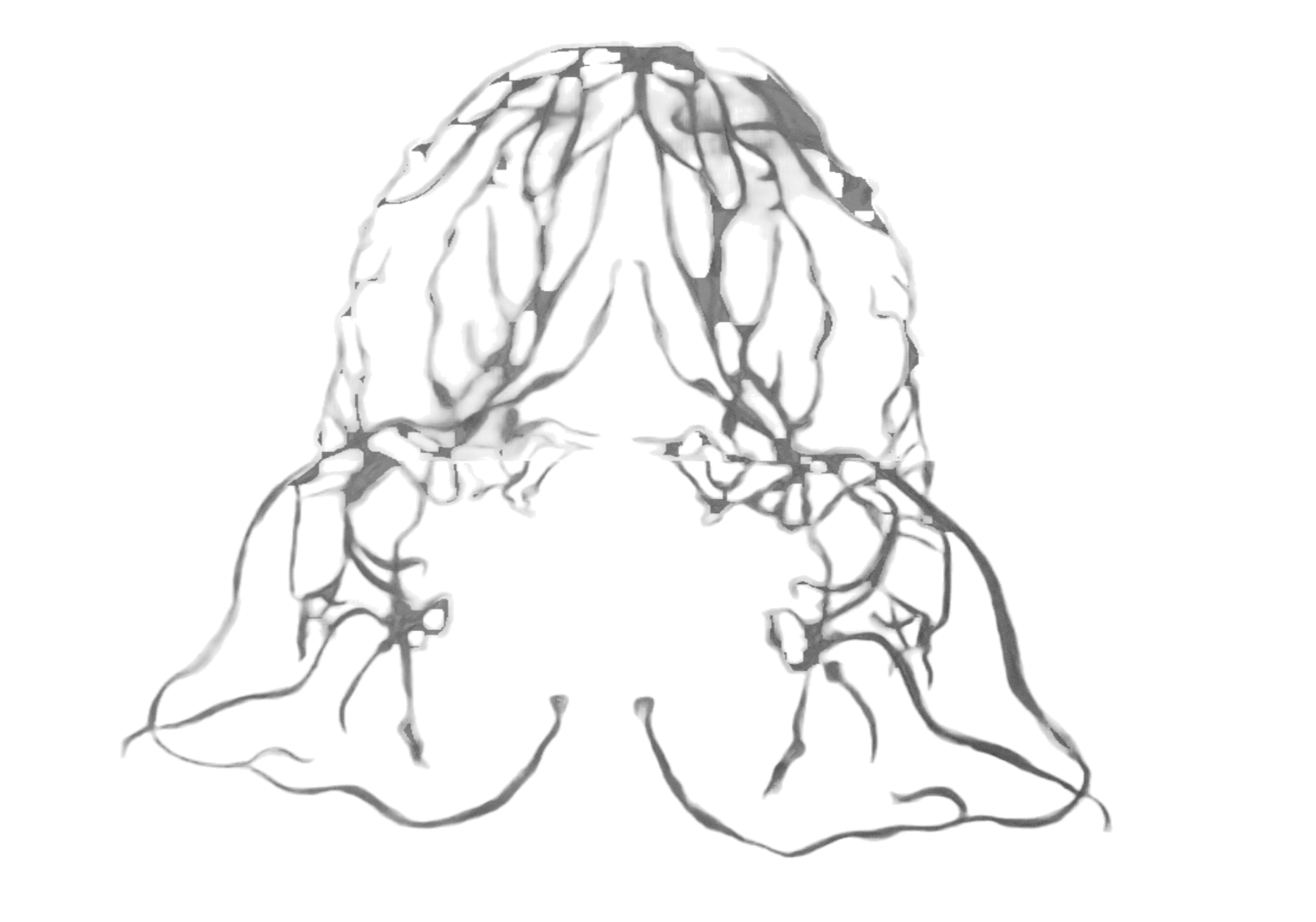
Biological systems versus synthetic models~~
Alignments between transhumanism, a body detached from an idealised techno brain (and the fetishization of this state) brought into parallels with a body that is detached from an emotional brain under neo-liberal capitalism and post-enlightenment thinking. The body as fitting within prescribed value systems, minimum wage, Universal credit, disability benefit; the lowest value a body is supposed to exist on. Nourishing dole. Minimum value units of what a body is worth.
Dole comes from the Old English word 'dāl', one's allotted portion. Portion indicates a sense of fair distribution, as well as portion-size, meal planning and nutritional reference intake; "recommended portion size" on a bag of dried rice. So what happens when a body needs more than it's allotted amount? When this allotted amount is unrealistic to the costs of items needed to healthily sustain a body? Housing, warmth, nourishment, medication, socialisation etc. These items become scarce and the body begins to exist in deficit, lacking and in decline. Socio-politics become scarce too, the fetishization of commodity objects hierarchically creating distinct planes on which bodies are separated around the binary of the able and un-able.
When these secondary systems are unbalanced how does the body navigate? Nutritional reference intake is designed around the able, white-male, body, ideals of a western post-neo liberal environment. An ideal body for succeeding the climbing up of a hierarchical tree; a designed system catered to only to a selective body.
Why go up when space is multi-directional?
Biological systems for homeostasis; steady internal, physical, and chemical conditions maintained by living systems or the condition of optimal functioning for an organism wrap around and through the space for which the caretake. The nervous system branches from the spine, the central system (CNS) pans up this pillar of the spinal cord to the brain while the periphery system (PNS) connects this main column through a map of nerves to the rest of the body. A proportional sectioning of the body. Similarly, the respiratory system contributes to homeostasis in 2 ways; gas exchange and blood PH balancing through the Alveoli, microscopic sites at which the respiratory and circulatory systems meet and exchange.
How could we rebalance our systems to re-molecularise1 concepts that have been long abstracted? Marx's theory of "concrete abstraction" denotes said experience as a “synthesis of many definitions, thus representing the unity of diverse aspects.”2 Marx details labour as an eminent example of this abstraction, a synthesis or combination of various historic definitions/ determinations (as well as the singular defined types of 'useful labour) that create capitalist production. Labour becomes an abstraction by creating value in a system of production in which a selection of 'useful' labours are made mutually exchangeable and equivalent to one another; a system in which all labours can be condensed in terms of a money-form. This making of equivalence is contingent on a number of diverse factors namely “colonialism,” “circulation,” the “credit system,” the “unproductive classes” (the reserve pool of labour, the unemployed), “export and import,” “state debt,” etc. Labour exists as an abstraction, to summarise, because it synthesises – at multiple scales - this composition of historical factors, forces and relations. Most importantly perhaps, this is a synthesis that works syncretically; it is impossible to separate the abstraction of labour into component parts without simultaneously realising those parts as composing a broader field.
This state of grappling with abstracted concepts in conjunction with their sub-dependent elements as a forceful system is an imbalanced one; lost in a dozen historic factors. Similarly
References
1 I borrow the term "molecularisation" from Jordana Rosenberg, in - Rosenberg, Jordy. “The Molecularization of Sexuality: On Some Primitivisms of the Present.”, Theory & Event (2014)
2 Karl Marx, 'Grundrisse' (London: Penguin, 1993), 206